5 Natural Ways to Boost Milk Yield Without Chemicals
Milk production is the backbone of dairy farming, and increasing yield naturally can lead to healthier cows and better-quality milk.
No products in the cart.
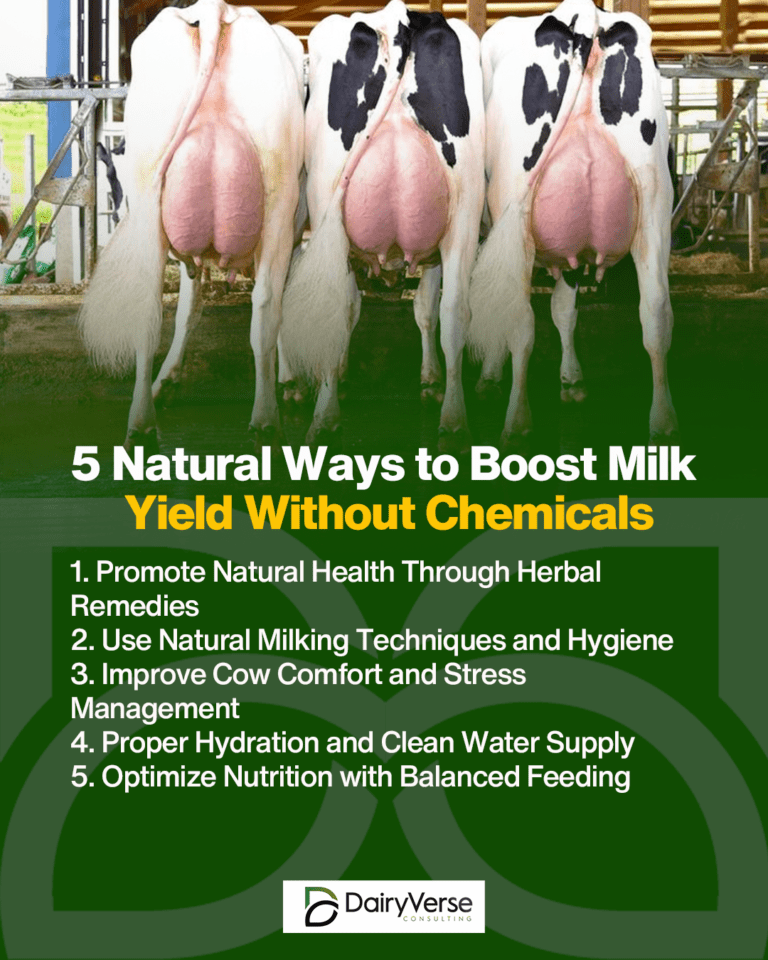
Milk production is the backbone of dairy farming, and increasing yield naturally can lead to healthier cows and better-quality milk.

Sustainability in agriculture is a growing concern as the world grapples with environmental challenges, resource limitations, and the need to feed a growing population.
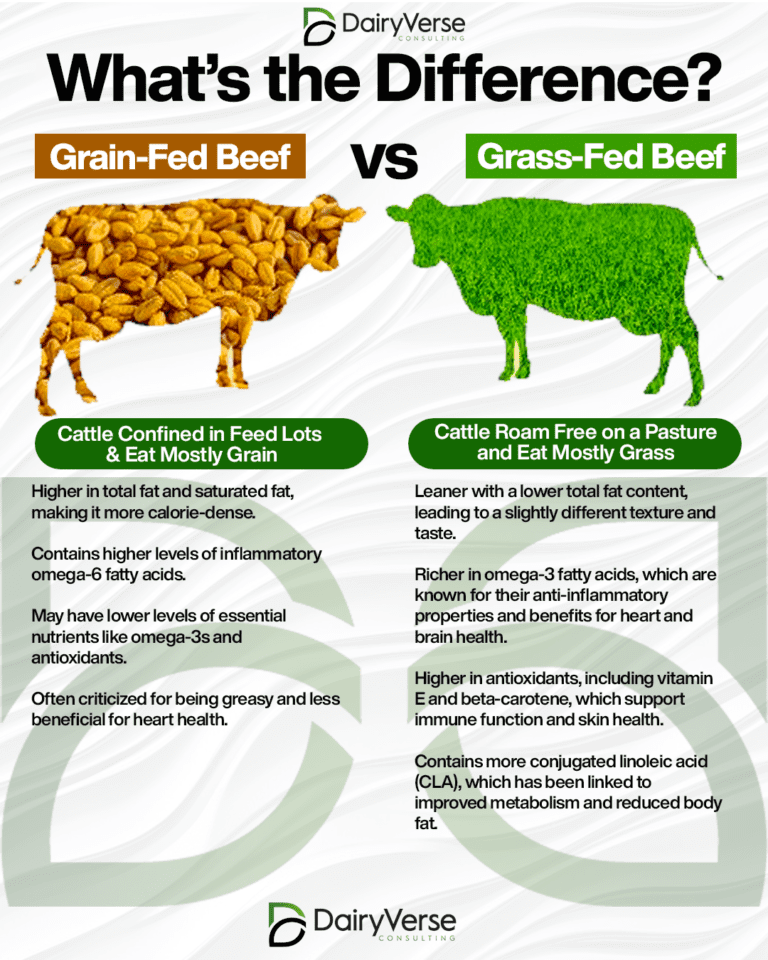
While both types of beef provide protein and essential nutrients, they differ significantly in how the cattle are raised, their nutritional profiles, and their overall effects on human health.
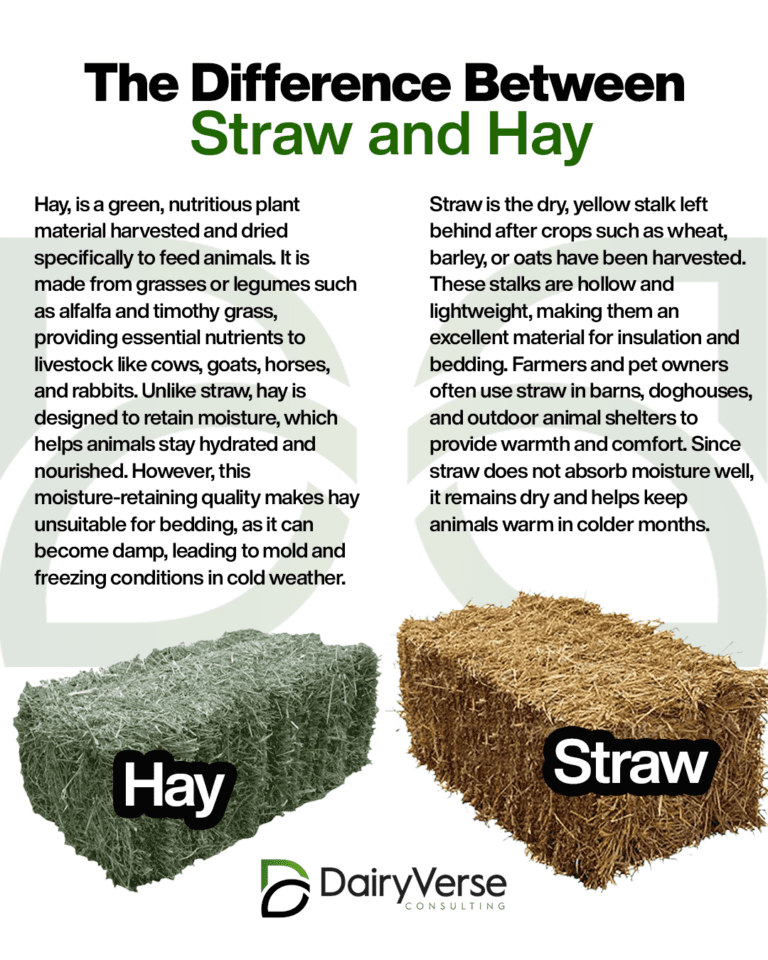
Many people confuse straw and hay, but these two materials serve entirely different purposes in farming and animal care.

Dairy cows require a balanced and nutrient-rich diet to maintain their health, support reproduction, and maximize milk production.

Maintaining a longer lactation period in dairy cows is key to maximizing milk production while ensuring cow health and farm profitability.
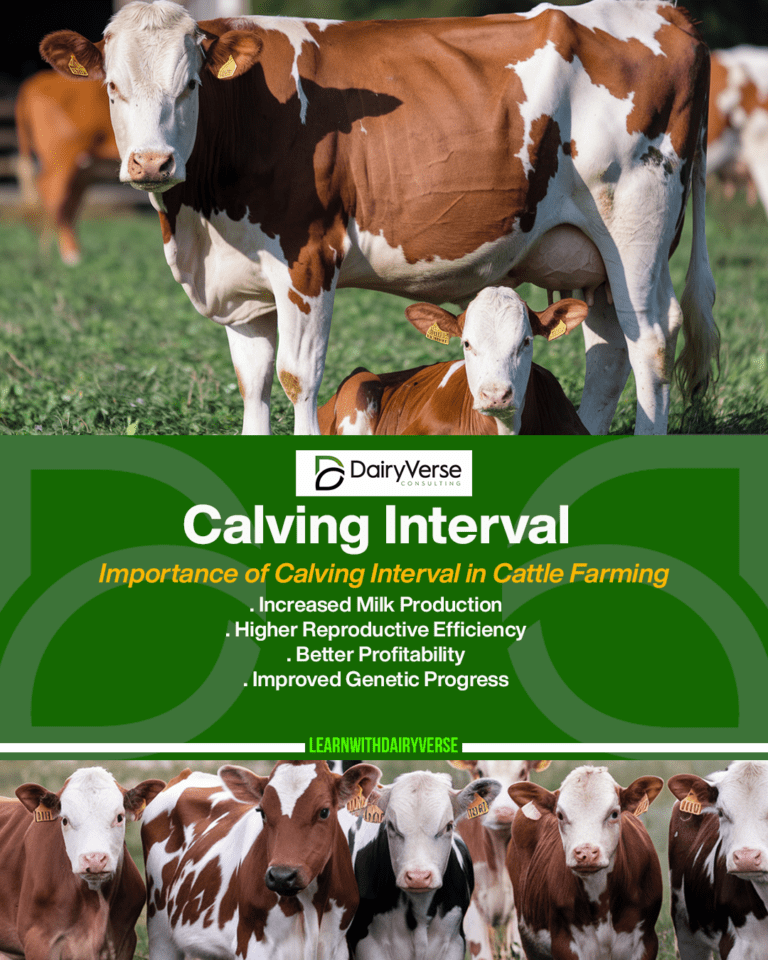
The calving interval is a crucial factor in cattle farming, influencing both productivity and profitability. It refers to the period between the birth of one calf and the subsequent birth of the next calf from the same cow.
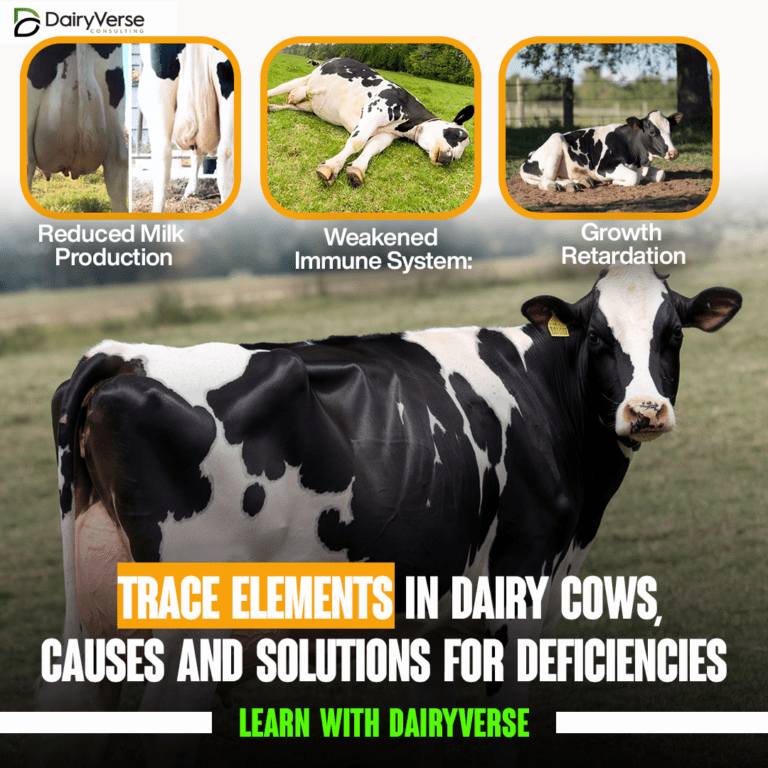
In dairy farming, maintaining the health and productivity of cows is essential for both economic and animal welfare reasons. Among the many factors that influence a cow’s well-being, trace elements play a critical role in ensuring optimal growth, reproduction, and milk production. A deficiency in trace elements can lead to noticeable symptoms, including changes in coat color, reduced fertility, and compromised milk yield.

Silent heat, also known as subestrus, is a condition in which a heifer or cow undergoes normal ovarian cycles and ovulates but fails to display the noticeable signs of estrus (heat) that are typically associated with breeding readiness.

Prolonged heat in dairy cows, lasting up to a week, is a sign of underlying reproductive health challenges. This condition often stems from hormonal imbalances such as the inability to shed the corpus luteum or the presence of a follicular cyst. Addressing these issues is vital for ensuring optimal fertility and milk production in dairy herds.